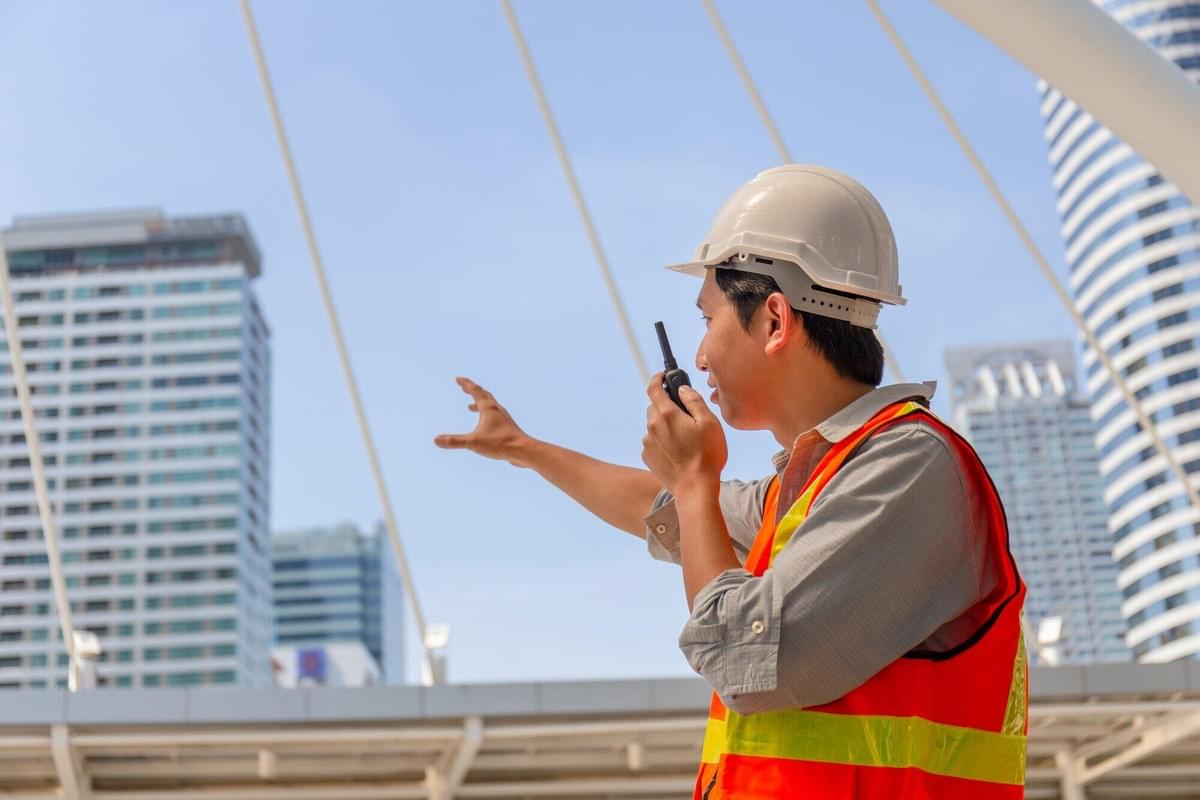
In today’s fast-paced world, effective communication is key to success in any field. Whether you are working in emergency services, construction, security, or any other industry, the ability to communicate quickly and clearly with your team is crucial. This is where two way radios come into play. These devices allow for instant communication between team members, enabling them to coordinate tasks, share information, and respond to emergencies efficiently.
One challenge that many organizations face, however, is ensuring that their two way radios are interoperable. This means that radios from different manufacturers can communicate with each other seamlessly, even if they use different frequencies or technologies. Interoperability is essential in situations where multiple agencies or teams need to work together, such as during emergencies or large events.
Here are some key benefits of two way radio interoperability and how it can improve communication efficiency in your organization:
Improved Coordination and Collaboration
Interoperable two way radios allow different teams or agencies to communicate with each other in real-time, facilitating coordination and collaboration. For example, in the case of an emergency response, police, fire, and medical personnel can quickly share critical information and coordinate their efforts to save lives and protect property. This seamless communication can make all the difference in a high-pressure situation where every second counts.
Cost Savings
Investing in interoperable two way radios can also result in cost savings for your organization. Instead of having to purchase separate radios for each team or agency, interoperable radios can be used by everyone, regardless of their department or role. This reduces the need for multiple devices and can streamline communication processes, ultimately saving time and money.
Increased Flexibility and Versatility
Interoperable two way radios offer increased flexibility and versatility in communication. They can be programmed to work on different frequencies or modes, allowing users to adapt to changing communication requirements. This is especially useful in situations where teams from different organizations need to work together, as interoperable radios can bridge the gap between disparate systems and technologies.
Enhanced Safety and Security
Effective communication is essential for ensuring the safety and security of personnel in any organization. Interoperable two way radios enable quick and reliable communication between team members, allowing them to respond to emergencies and threats promptly. This can help prevent accidents, minimize risks, and ensure a timely and coordinated response to any situation.
Regulatory Compliance
In some industries, such as public safety and utilities, regulatory requirements mandate the use of interoperable communication systems. By investing in interoperable two way radios, you can ensure that your organization remains compliant with industry standards and regulations. This can help you avoid potential penalties or liabilities and demonstrate your commitment to safety and professionalism.
Tips for Implementing Two Way Radio Interoperability
If you are considering upgrading to interoperable two way radios in your organization, here are some tips to help you make the transition smoothly:
- Assess your communication needs: Identify the specific communication requirements of your organization, including the number of users, coverage area, and desired features.
- Research interoperable radio options: Look for two way radio models that are compatible with different systems and technologies, allowing for seamless communication between users.
- Train your team: Provide training to your team members on how to use the new interoperable radios effectively, including programming channels, using features, and troubleshooting common issues.
- Test the system: Conduct thorough testing of the interoperable radios in various scenarios to ensure that they meet your communication needs and work seamlessly with other devices.
- Maintain and update regularly: Regularly maintain and update your interoperable two way radios to ensure optimal performance and reliability. This includes checking batteries, antennas, and software updates.
By investing in interoperable two way radios, you can enhance communication efficiency in your organization, improve coordination and collaboration, and ensure the safety and security of your team members. With the right systems and strategies in place, you can take your communication capabilities to the next level and achieve greater success in your field.